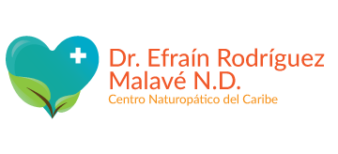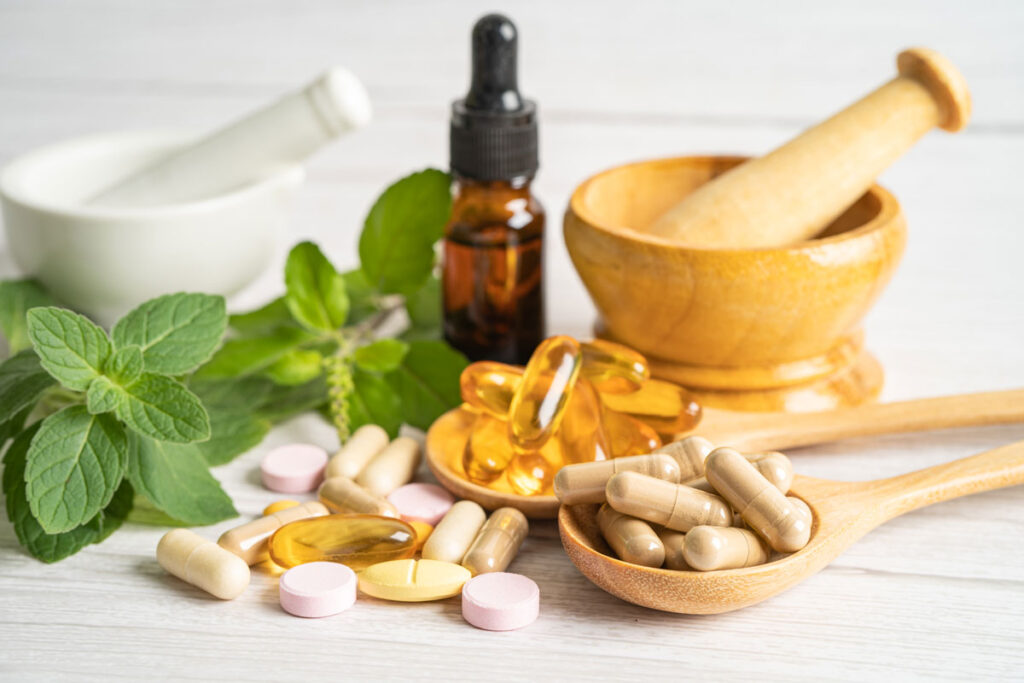
En un artículo publicado por el Instituto Nacional de Salud de Medicina Alternativa y Complementaria (INMAC) titulado «Un Vistazo al Dolor Crónico» se evalúan y se resume los beneficios de los llamados tratamientos alternativos (esencialmente lo mismo que medicina naturopática o natural).
El artículo resume los dolores crónicos, los tratamientos naturales y la evidencia científica que respalda su uso.
Los estudios científicos se categorizaron y se dividieron en: 1) evidencia potencial o prometedora y 2) poca, mezclada o ninguna evidencia, para los distintos dolores crónicos. A continuación el resumen del “vistazo”
- Dolor de espalda baja
Evidencia potencial o prometedora- acupuntura, masaje, manipulación espinal, y la yoga. 1 2 3
Poca, mezclada o ninguna evidencia- prolotérapia, medicina botánica. 4 5
- Artritis
Evidencia potencial o prometedora- acupuntura. 6
Poca, mezclada o ninguna evidencia- suplementos nutricionales, medicina botánica, baños minerales, taichi. 7 8 9 10
- Dolor de Cabeza
Evidencia potencial o prometedora- acupuntura, manipulación espinal. 11
Poca, mezclada o ninguna evidencia- medicina botánica. 8
- Dolor de Cuello
Poca, mezclada o ninguna evidencia- acupuntura, manipulación espinal. 13 14
Referencias:
1. Furlan AD, van Tulder M, Cherkin D, et al. Acupuncture and dry-needling for low back pain: an updated systematic review within the framework of the Cochrane collaboration. Spine. 2005; 30(8):944–963.
2. Furlan AD, Imamura M, Dryden T, et al. Massage for low-back pain. Cochrane Database of Systematic Reviews.2008; (4):CD001929.
3. Assendelft WJJ, Morton SC, Yu EI et al. Spinal manipulative therapy for low-back pain. Cochrane Database of Systematic Reviews. 2004 ; (1):CD000447.
4. Dagenais S, Yelland MJ, Del Mar C, et al. Prolotherapy injections for chronic low-back pain.Cochrane Database of Systematic Reviews.2007; (2):CD004059.
5. Gagnier JJ, van Tulder MW, Berman BM, et al. Herbal medicine for low back pain. Cochrane Database of Systematic Reviews. 2006 ; (2):CD004504.
6. Berman BM, Lao L, Langenberg P, et al. Effectiveness of acupuncture as adjunctive therapy in osteoarthritis of the knee: a randomized, controlled trial. Annals of Internal Medicine. 2004; 141(12):901–911.
7. Clegg DO, Reda DJ, Harris CL, et al. Glucosamine, chondroitin sulfate, and the two in combination for painful knee osteoarthritis. New England Journal of Medicine.2006; 354(8):795–808.
8. Pittler MH, Ernst E. Feverfew for preventing migraine. Cochrane Database of Systematic Reviews. 2004; (1):CD002286.
9. Verhagen AP, Bierma-Zeinstra SMA, Boers M, et al. Balneotherapy for osteoarthritis. Cochrane Database of Systematic Reviews. 2007; (4):CD006864.
10. Lee MS, Pittler MH, Ernst E. Tai chi for osteoarthritis: a systematic review. Clinical Rheumatology. 2008; 27(2):211–218.
11. Linde K, Allais G, Brinkhaus B, et al. Acupuncture for tension-type headache. Cochrane Database of Systematic Reviews. 2009 ; (1):CD007587.
12. Trinh K, Graham N, Gross A. Acupuncture for neck disorders. Cochrane Database of Systematic Reviews. 2006; (3):CD004870 .
13. Vernon H, Humphreys BK. Manual therapy for neck pain: an overview of randomized clinical trials and systematic reviews. Europa Medicophysica. 2007; 43(1):91–118.


